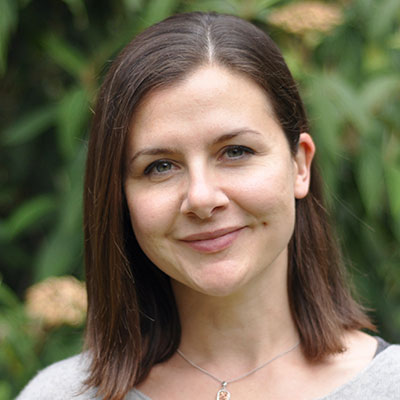Ornithology has a long and glorious past, but to judge from the history books you might think that only men studied birds. This, of course, is far from the full story - there are many female ornithologists who deserve to be much better known.
One early pioneer was Eleanor of Arborea (1340-1404), after whom Eleonora's falcon is named. She was a much-respected Sardinian judge and in 1392 legislated protection for hawks and falcons in the Carta de Logu, one of the earliest-known bird-protection laws.
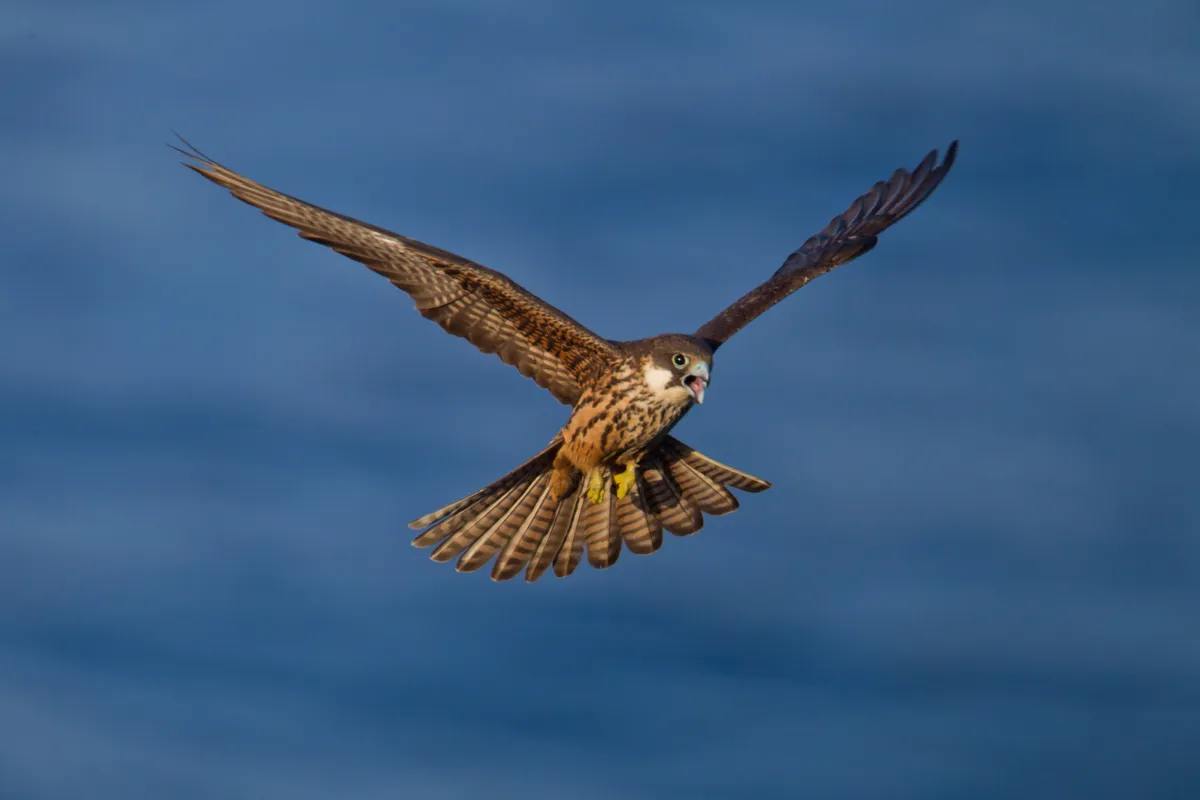
Ornithology didn't become a scientific discipline until much later. Nineteenth-century ornithology focused on evolutionary relationships using stuffed birds and skins, and was considered a 'man's world'. Some barriers were removed in the early 20th century but, prior to the 1960s and the women's liberation movement, discrimination was still rife.
Nonetheless, a number of women overcame the obstacles to secure jobs in academia, while others conducted innovative studies of living birds from their homes. Here is a selection of 19 extraordinary, trailblazing women whose work has helped to shape the history of ornithology.
BIRDS AT HOME
Althea Sherman, USA (1853-1943)
Althea Sherman was an eccentric pioneer in the study of bird behaviour. She only began studying birds in her fifties, after moving back to her family home in rural Iowa. Her acre of land was a living laboratory on which she erected specially designed nestboxes and her famous tower for chimney swifts: a 28ft (8.5m) structure purpose-built to allow fantastically close scrutiny of breeding birds.
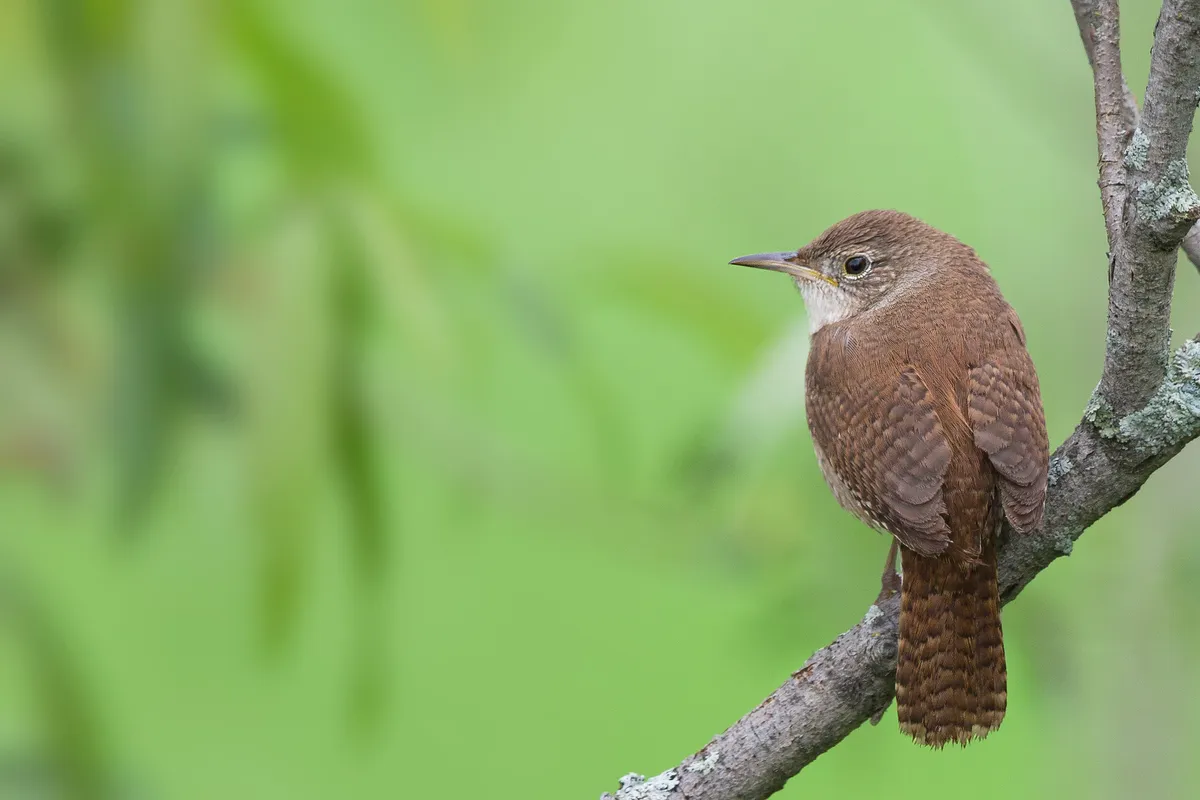
Her meticulous and extensive observations were used by Arthur Cleveland Bent in his momentous Life Histories of North American Birds series. Frequently grumpy, and always outspoken, Sherman scorned the new generation of 'bird-lovers', whom she considered ignorant and unscientific. "They dabble a bit in bird lore in order to gabble about birds," she said. One exception was Margaret Morse Nice, who Sherman mentored. She also waged war against introduced birds, such as the "exceedingly evil" house wren.
Amelia Laskey, USA (1885-1973)
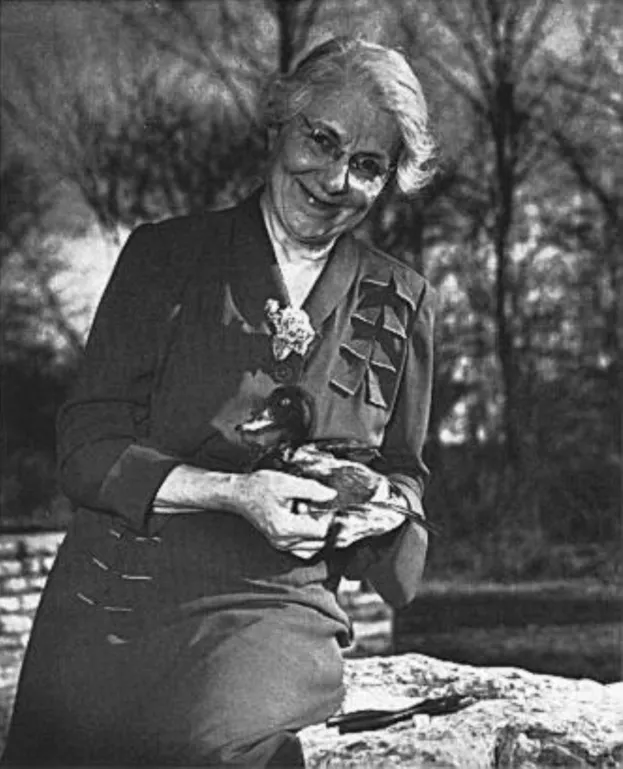
Amelia Laskey was a self-taught amateur birder who published over 150 articles and was elected a Fellow of the American Ornithologists' Union. She caught the birding bug after attending a Tennessee Bird Club meeting in 1928, after which she was inspired to obtain a banding (ringing) permit.
A careful and skilled observer, she amassed a staggering volume of data on some 10 species around her Nashville home, including 30 years' worth on mockingbirds and cowbirds, and 40 years on a nestbox population of eastern bluebirds. Unfortunately, she was still analysing this valuable data when she died and it remains unpublished.
Laskey was also concerned by the incidence of migratory bird casualties caused by airport cloud-monitoring devices, and her data contributed to a national ruling for more 'bird-friendly' airport equipment.
Magdalena Heinroth, Germany (1883-1932)
For 28 years Magdalena Heinroth and her husband, Oskar, spent each spring hand-rearing various species of European bird in order to record the development of the birds' instinctive behaviours. This was a colossal undertaking, involving 308 species, from tiny goldcrests (6g) to huge lammergeiers (5kg).
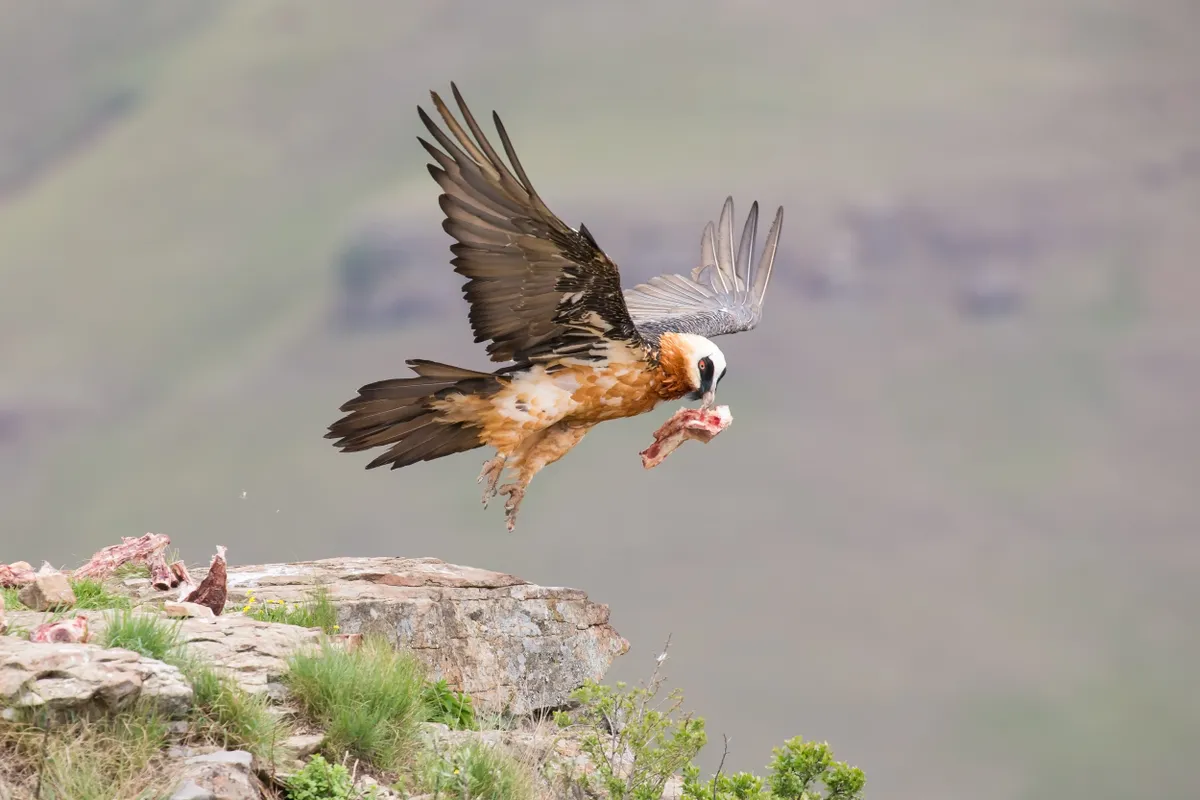
Conscientious and industrious, Magdalena conducted most of this work, which resulted in the publication of Die Vögel Mitteleuropas (The Birds of Middle Europe), a four-volume work described as "one of the most important contributions to the life history of European birds."
Some of their birds bred in the Heinroths' home, including a pair of European nightjars that were so tame that they regularly landed on the heads of dinner guests!
Margaret Morse Nice, USA (1883‒1974)
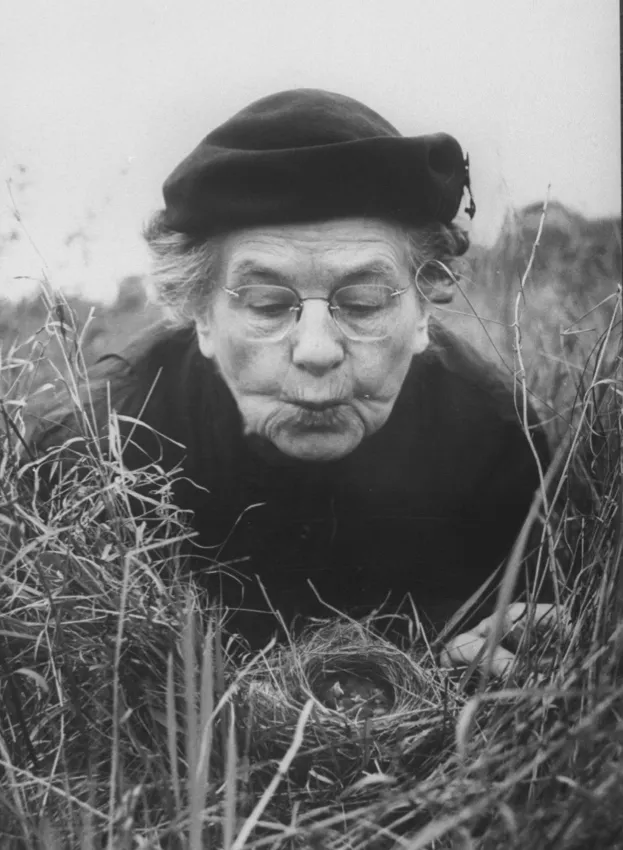
One of the most influential amateur ornithologists of all time, Margaret Morse Nice pioneered a new form of ornithology in the USA, uniting bird-banding techniques with new behavioural theories emerging from Europe, and her own background in child psychology.
Despite abandoning the prospect of a PhD to accompany her husband to Ohio and raise a family, Nice went on to publish three landmark monographs on the life history of the song sparrow, based on 14 years of data on the lives of 'her' backyard sparrows. The American Ornithologists' Union recognised her work by awarding her the coveted Brewster Medal.
Nice corresponded with hundreds of people and played a central role in promoting the exchange of scientific information between US and European ornithologists. She published 250 research articles (seven of which were book length) and, as editor of Bird-Banding, a staggering 3,313 book and article reviews.
SKINS AND SPECIMENS
Annie Meinertzhagen, UK (1889-1928)
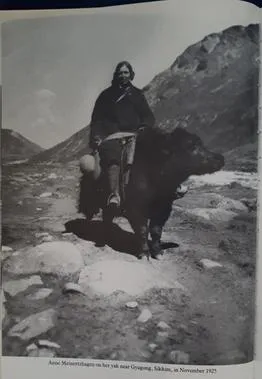
While others observed living birds, Annie Meinertzhagen was a skilled collector, who shot and skinned most of her birds herself. She was particularly interested in plumage and moulting of ducks and waders, and chick mouthpart colouration. For her expert knowledge, Henry Witherby invited her to author the relevant sections of his highly influential Handbook of British Birds, a work that became the standard authority on British birds for over a decade.
Indeed, to prevent publication delays, on marrying ornithologist Richard Meinertzhagen, she chose to spend part of her honeymoon studying birds at Lord Rothschild's Museum in Tring. Her husband's work was recently found to be largely fraudulent, and his role in her death - considered a tragic shooting accident at the time - remains suspicious.
Beryl Patricia Hall, UK (1917-2010)
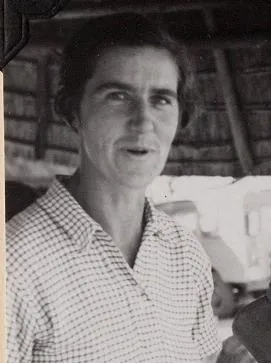
An expert in the distribution and speciation of African birds, Beryl Patricia 'Pat' Hall worked at London's Natural History Museum in an unofficial capacity from 1947 to 1971. After proving her ornithological aptitude and mechanical skill to her male colleagues, she was deemed uniquely qualified for a collecting expedition to south-west Africa - at her own expense.
It was the first of several such trips that yielded new species for the museum. Hall did the lion's share of the work (with Reg Moreau) on a colossal eight-year project that resulted in An Atlas of Speciation in African Passerine Birds that covered 962 species. The book was the first of its kind for the birds of Africa.
Emilie Snethlage, Brazil (1868-1929)
German-born Emilie Snethlage laid the foundations of biogeography and avian distribution in Brazil, described about 60 new species and was elected to the Brazilian Academy of Sciences in 1926. A highly competent fieldworker, excellent markswoman and skilled taxidermist, she often led expeditions to unknown or inhospitable places; in 1909 she walked through the unknown region between the Xingu and Tapajós rivers, accompanied only by native tribespeople. In 1914 Snethlage produced her immense Catalogue of the Birds of Amazonia, which described the range, taxonomy and morphology of 1,117 species. It was an awe-inspiring piece of work and remained the definitive text for decades.
Hildegarde Howard, USA (1901-1998)
Hildegarde Howard was the first scientist to specialise in studying fossil birds and bird evolution. In her 69-year publishing career she authored over 150 articles and described over 50 species, including the first toothed bird from North America. Her route into avian palaeontology began with a part-time museum job sorting bones from the world-famous Rancho La Brea site, followed by a PhD on the avifauna of California's Emeryville Shellmound.
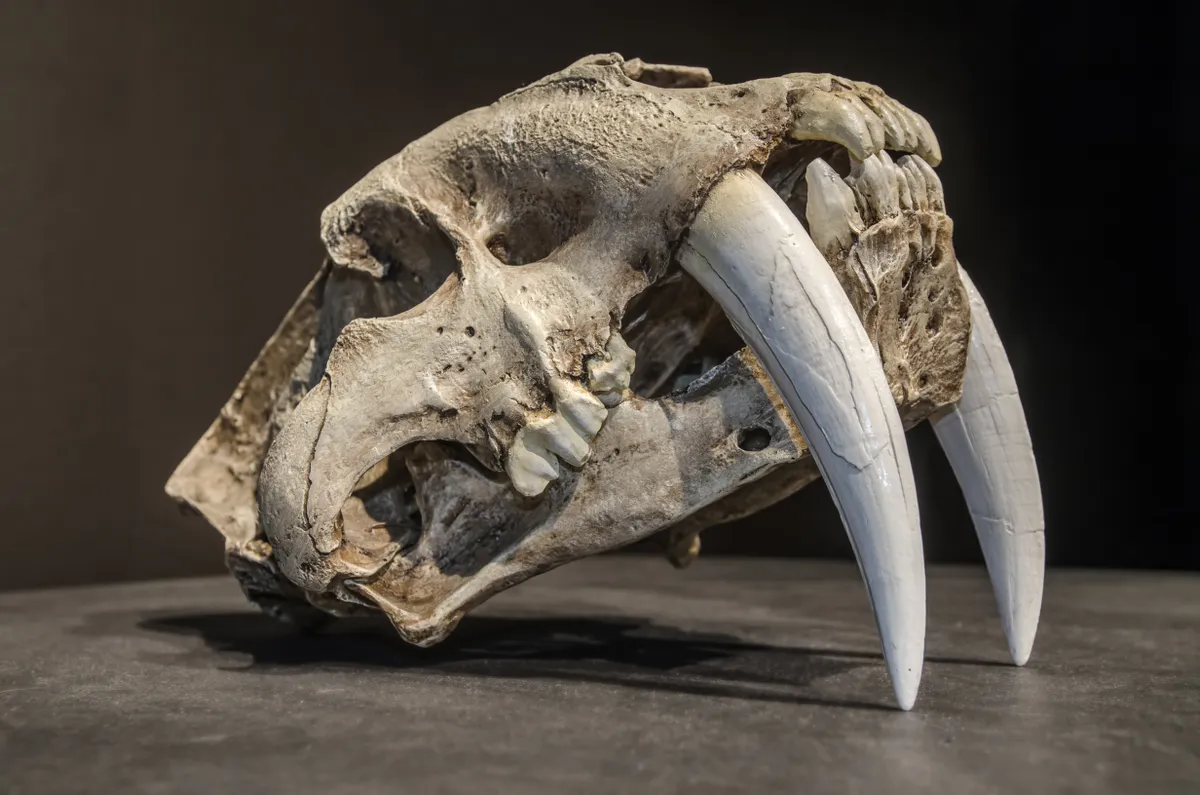
The latter is still referred to today for her remarkably detailed drawings of fossil bird bones, and because she established standardised terminology for the field. Despite being prohibited from joining class field trips as a student, due to being female, she went on to become a world authority on avian palaeontology and spent a decade as chief scientist at the Los Angeles Natural History Museum.
IN THE WILD
Barbara Blanchard DeWolfe, USA (1912-2008)
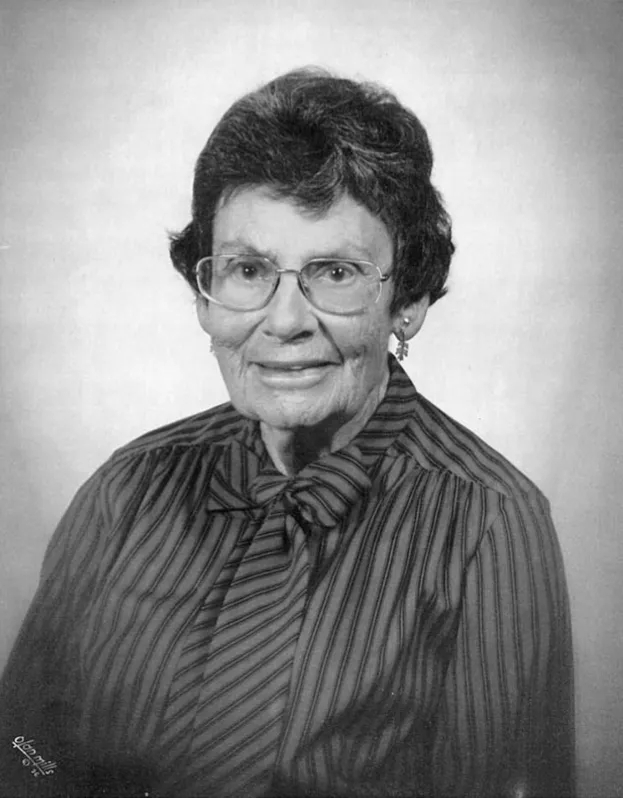
Barbara Blanchard DeWolfe's lifelong work on white-crowned sparrows - now one of the most intensively studied bird species in the world - was among the first to demonstrate important natural history differences between races of a given species. Prior to her research, biological variation was identified through analysis of stuffed birds or skins.
DeWolfe, however, studied living populations of Californian and Alaskan sparrows and documented key differences in their breeding behaviour, gonads and song structure. DeWolfe experienced frequent discrimination during her academic career, starting with her PhD supervisor's suggestion that, as a woman, she might prefer a less taxing project on worms than one on birds, which she refused.
Later, her department's chairman informed her that "we'll never recommend you for a position for which we have a man available." DeWolfe forged her own path, and went on to became a successful academic at UC Santa Barbara.
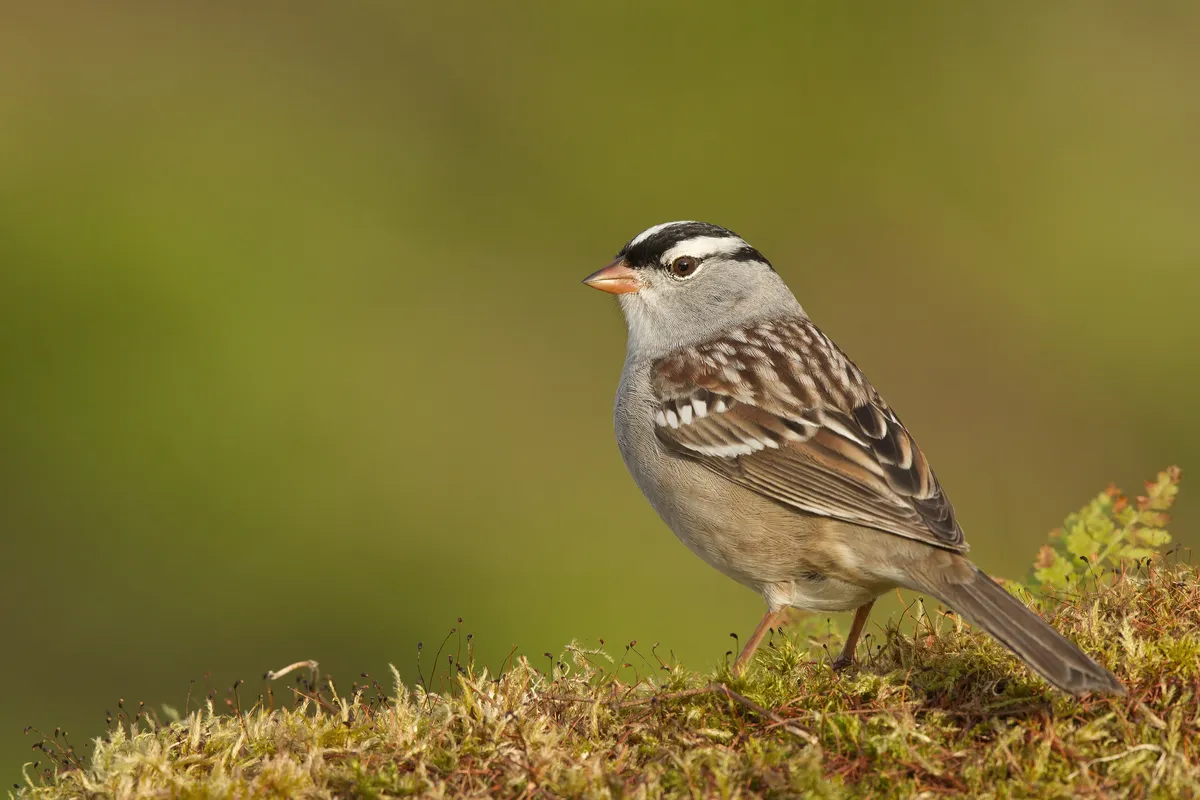
Barbara Snow, UK (1921-2007)
Barbara Snow and her husband, David, were highly influential ornithologists whose studies on neotropical bird biology earned them the prestigious Brewster Medal from the American Ornithologists' Union in 1972. Snow trained as a geologist but in 1954 quit a job with the Coal Board to become warden of Lundy Bird Observatory, earning just £150 a year. Unafraid to clamber down steep rocky slopes to monitor nests, she amassed a huge volume of data on shag courtship and nesting behaviour.
After they married, the Snows moved to Trinidad, where Barbara's research on specialised fruit-eating birds revealed sophisticated bird-plant coevolution. This was followed by fieldwork on Galápagos gulls and a pioneering study on dunnock social behaviour. The dunnock has subsequently become a model organism in behavioural ecology.
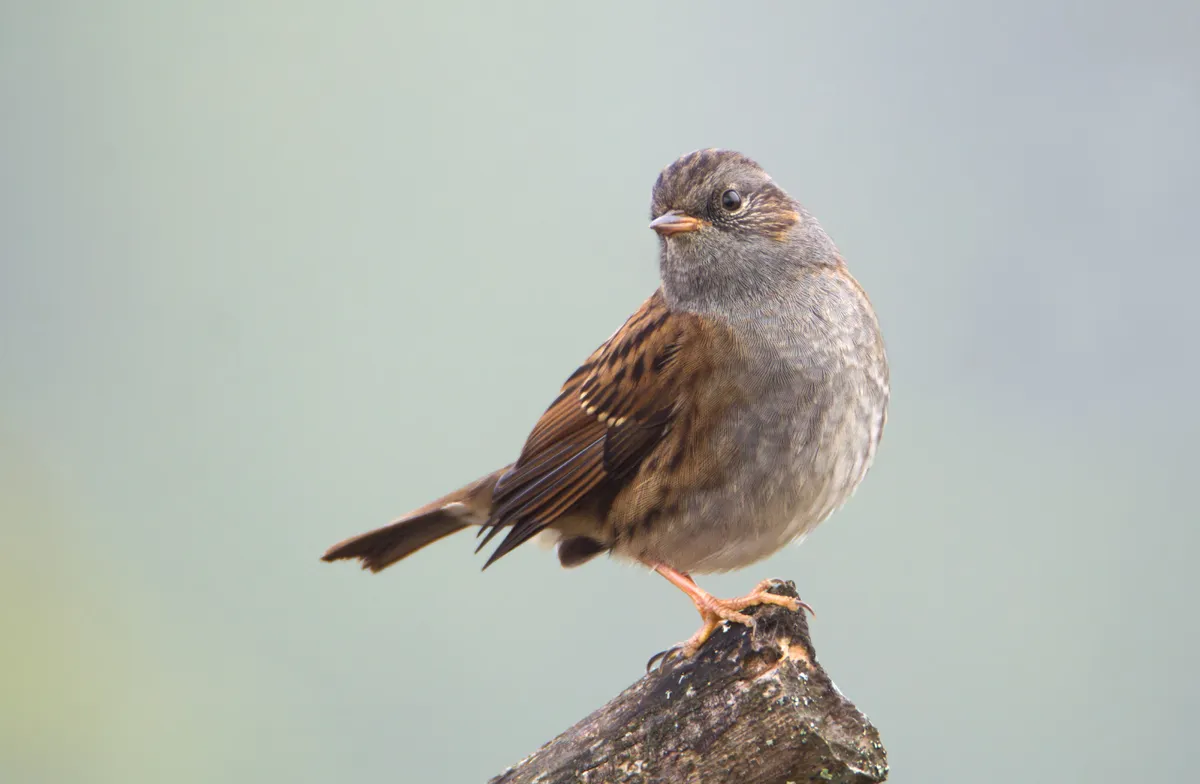
Maria Koepcke, Peru (1924-1971)
German-born Maria Koepcke was a leading authority on neotropical ornithology. She moved to Peru in 1950 with her fiancé, where the pair conducted numerous expeditions and transformed their home into a research station. Known as 'Casa Humboldt', it was the focal point for everyone conducting fieldwork in Peru. Koepcke's landmark field guide, Las Aves del Departamento de Lima, was described as: "A marvel of concision, detail and usefulness".
And her work on the birds of the Western Andes was essential reading for all working in the region. A volume on the birds of the Eastern Andes was planned, but on Christmas Eve 1971 Koepcke was killed when the plane she was flying in was struck by lightning and crashed in the Amazon rainforest.
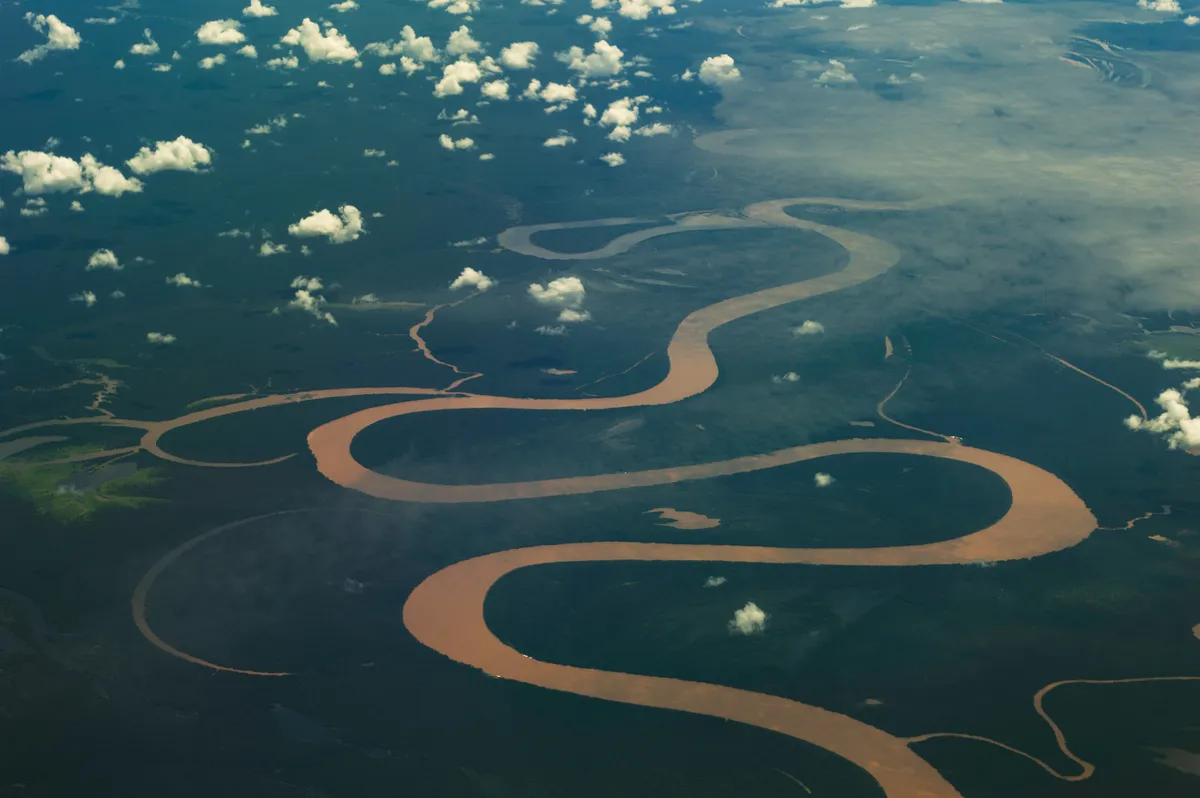
Pauline Reilley, Australia (1918-2011)
Paula Neura Reilly was described as "a truly remarkable amateur who, among her many achievements, made an outstanding contribution to the study of birds in Australia". She played a leading role in the Royal Australian Ornithologists Union, one that included being its president from 1972 to 1975, and was awarded the Medal of the Order of Australia in 1994.
She also instigated and led the project that eventually resulted in the first Atlas of Australian Birds. Published in 1984, the Atlas has since become an invaluable resource for the assessment of long-term changes to the habitats, species distribution and abundance of birds in Australia. The little penguins that make their home in Victoria were the major research focus of Reilly's fieldwork, which she conducted for 20 years.
She was the first woman to spend the summer research season on subantarctic Macquarie Island, observing and ringing the then little-known gentoo penguins, using stainless steel bands around the birds' upper flippers.
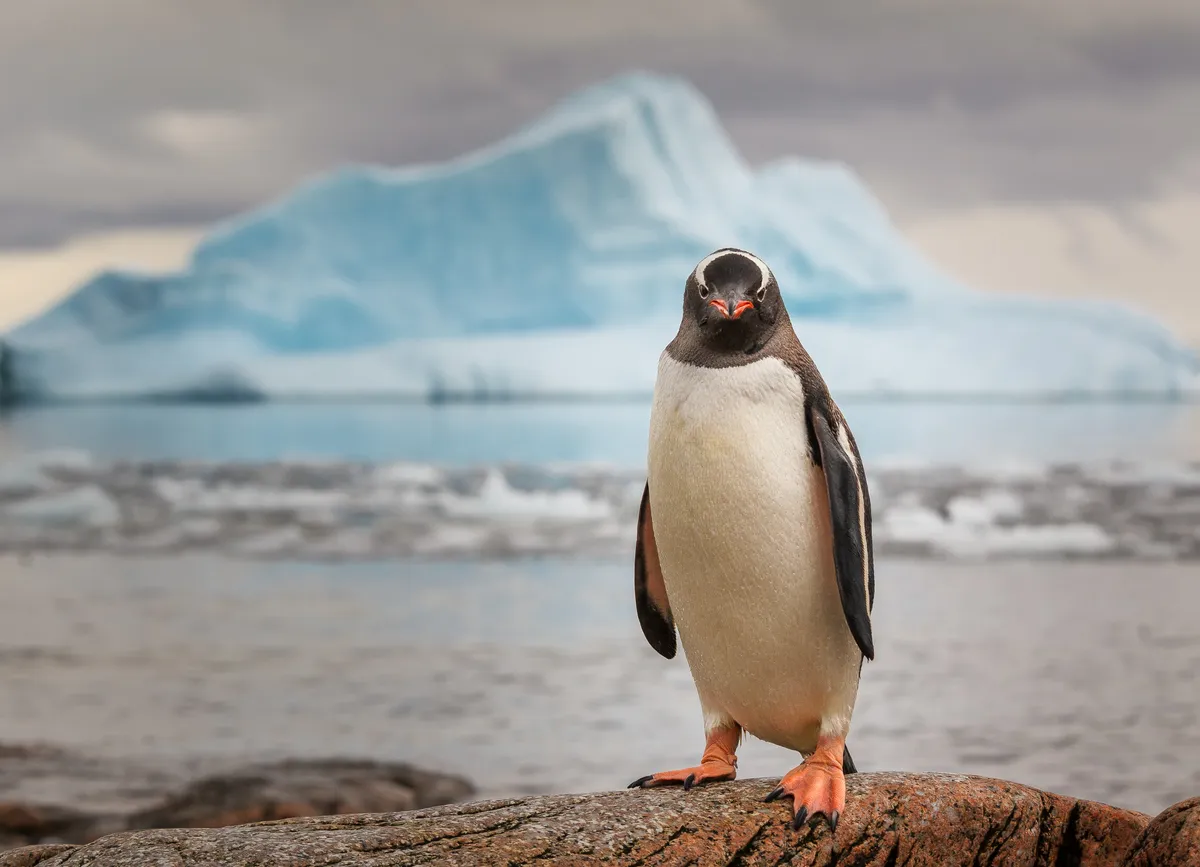
Evelyn Baxter and Leonora Rintoul, UK (1879-1959/1875-1953)
Evelyn Baxter and Leonora Rintoul were celebrated figures in Scottish ornithology. Inseparable lifelong companions, they founded the Scottish Ornithologists' Club and published many articles together. They studied migratory birds on the Isle of May from 1907 to 1933 and their study of wind drift was a landmark in developing migration theory.
Their major work was The Birds of Scotland, a two-volume monument published in 1953 that stood as the definitive reference on Scotland's birds for more than 30 years. Both were elected as Fellows of the Royal Society of Edinburgh in 1951, and Baxter was the first woman to receive the Union Medal from the British Ornithologists' Union.
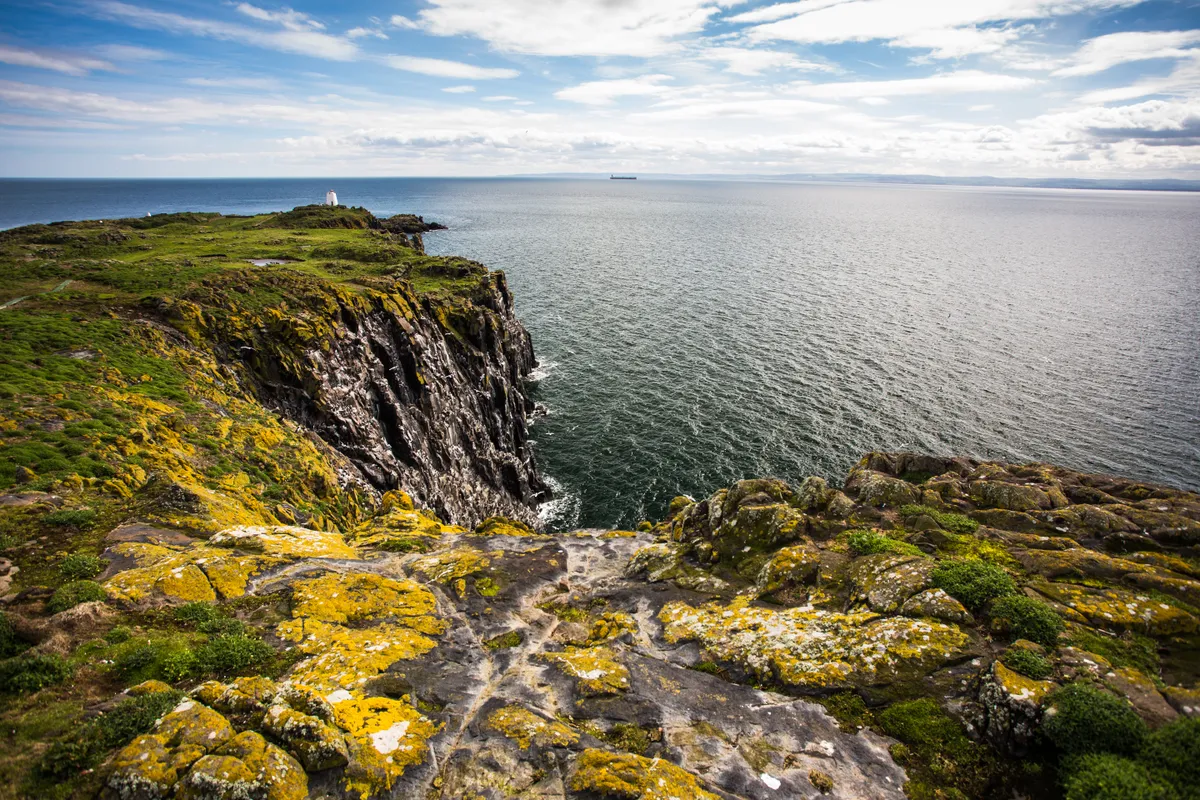
RAISING AWARENESS
Florence Merriam Bailey, USA (1863-1948)
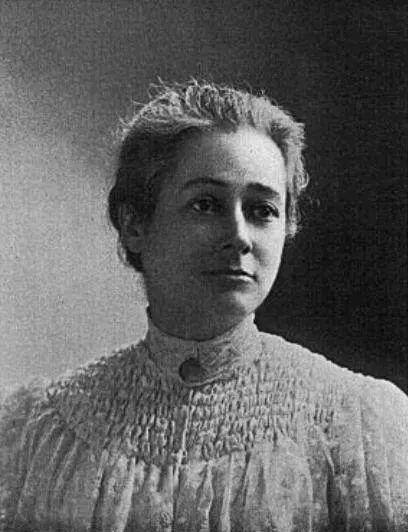
Florence Merriam Bailey skilfully combined her love of ornithology with a talent for writing. She authored over 100 articles and 10 books, including some of the earliest field guides that allowed birds to be identified without being shot.
Her Handbook of Birds of the Western United States was commended as "the most complete textbook of regional ornithology ever published", and her magnum opus, Birds of New Mexico, earned her the top American Ornithologists' Union award for ornithology in 1932: she was the first woman to receive it. Also an ardent conservationist, Bailey played an important role in the US Congress passing the Lacey Act, which banned wildlife trafficking in 1900.
Frances Hamerstrom, USA (1908-1988)
The 'first lady of Wisconsin birding', Frances Hamerstrom studied wild birds for over 50 years. Major contributions include saving the prairie chicken from extinction in Wisconsin, long-term raptor population studies and the development of pioneering golden eagle captive-breeding techniques.
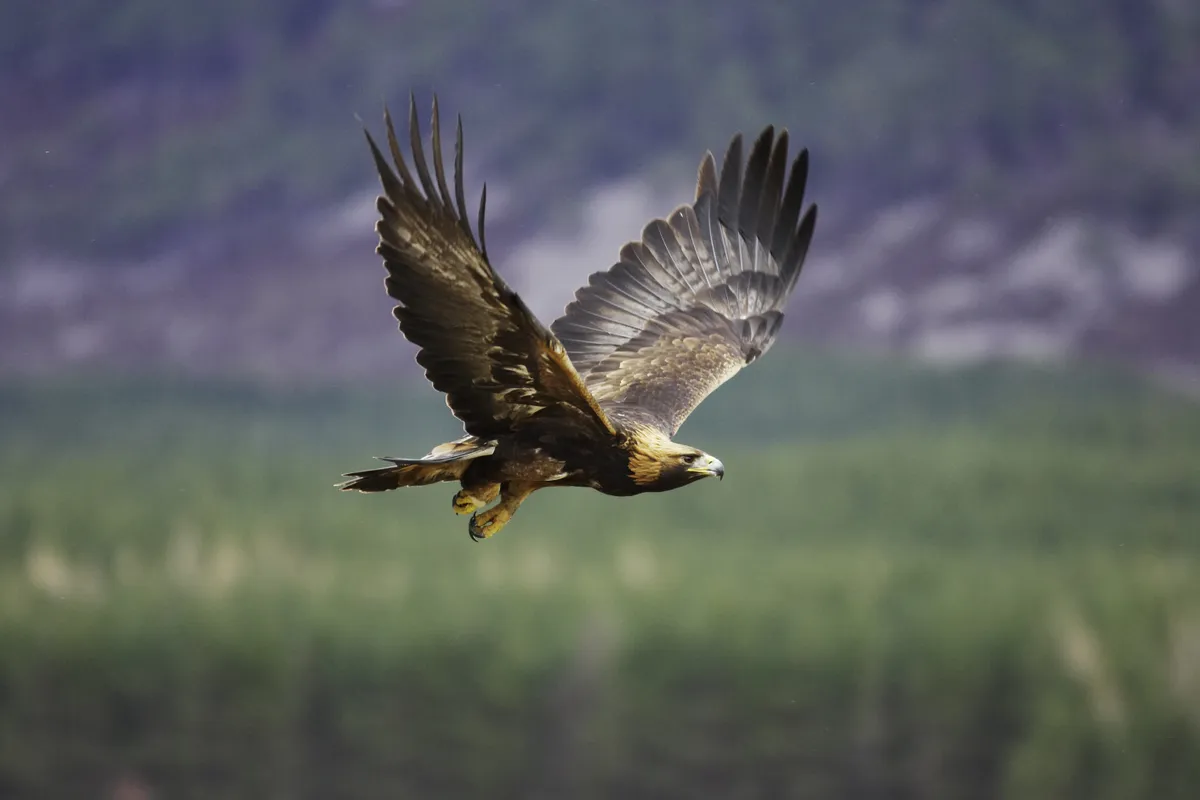
A Boston society girl, she trained her first raptor aged 12, and in her teens combined her passion for hunting with a successful modelling career. Husband and kindred spirit Frederick was also her lifelong research collaborator, and both studied under famed conservationist, Aldo Leopold. They received numerous joint awards over their careers; however, with few professional opportunities, Frances followed Frederick in his career moves, meaning that most institutions got two experts for the price of one.
Janet Kear, UK (1933-2004)
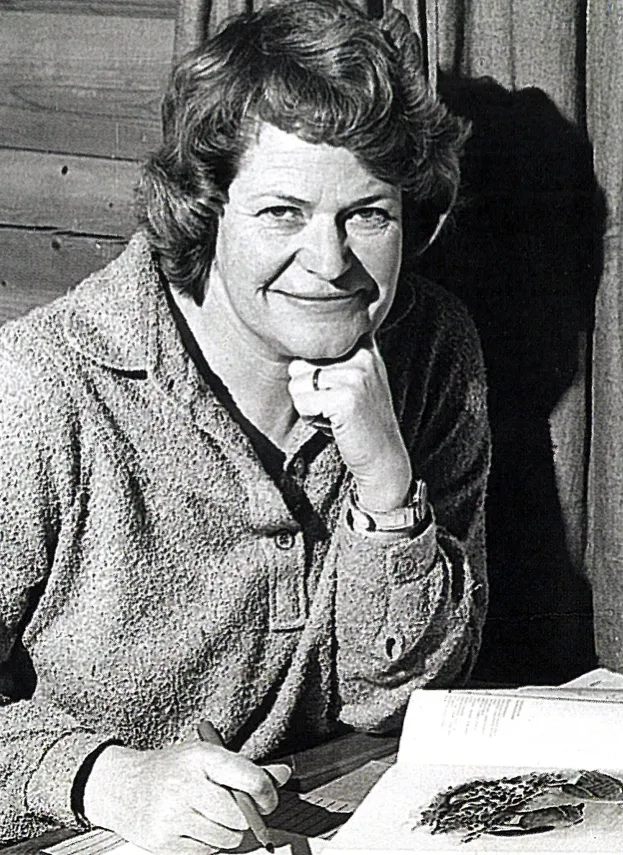
Janet Kear was a skilled scientist and fantastic communicator. In 1959, on completion of her PhD at Cambridge on finch behaviour, she was recruited by Sir Peter Scott to join the Wildfowl & Wetlands Trust (WWT); she was thereafter associated with the Trust for the rest of her life, including as Curator of Martin Mere reserve from 1977 to 1991, and Director of Centres from 1991 to 1993.
Kear served on numerous committees and councils through her career, and became the first woman President of the British Ornithologists' Union. She also published 90 research papers, authored five books and co-authored two. The latter included the definitive monograph of the Hawaiian goose, or nene, a species brought back from the brink of extinction by the WWT's captive breeding programme, in which Kear was heavily involved. A sixth book, Ducks, Geese and Swans, edited by Kear, was on press when she died and remains as a lasting memorial to her life's work.

Phyllis Barclay-Smith, UK (1903-1980)
Phyllis Barclay-Smith was a towering figure in bird conservation for more than 50 years, and in 1958 was the first woman to be awarded an MBE for work in conservation; this was upgraded to a CBE in 1970. Nicknamed 'The Dragon' for her formidable attitude, she dedicated her life to fighting for bird and habitat protection, most prominently as secretary general of the International Council for Bird Preservation.
Her industry and enthusiasm persuaded Jim Callaghan, before he was Prime Minister, to act as chairman on the Advisory Committee on Oil Pollution of the Sea, which had a key role in pushing for regulation. A bird enthusiast to the core, she chose a pair of binoculars as her luxury item when she appeared on Desert Island Discs.
Rosalie Edge, USA (1877-1962)
Rosalie Edge was a socialite, suffragist and environmentalist who was at the forefront of bird conservation in 1930s America. In 1929 she founded the Emergency Conservation Committee to campaign against the bird shooting permitted on some Audubon Society reserves. Then, in 1934, appalled by the mass slaughter of migrating hawks over the Blue Mountain Ridge, Edge leased 1,400 acres and used it to create the world's first refuge for birds of prey.
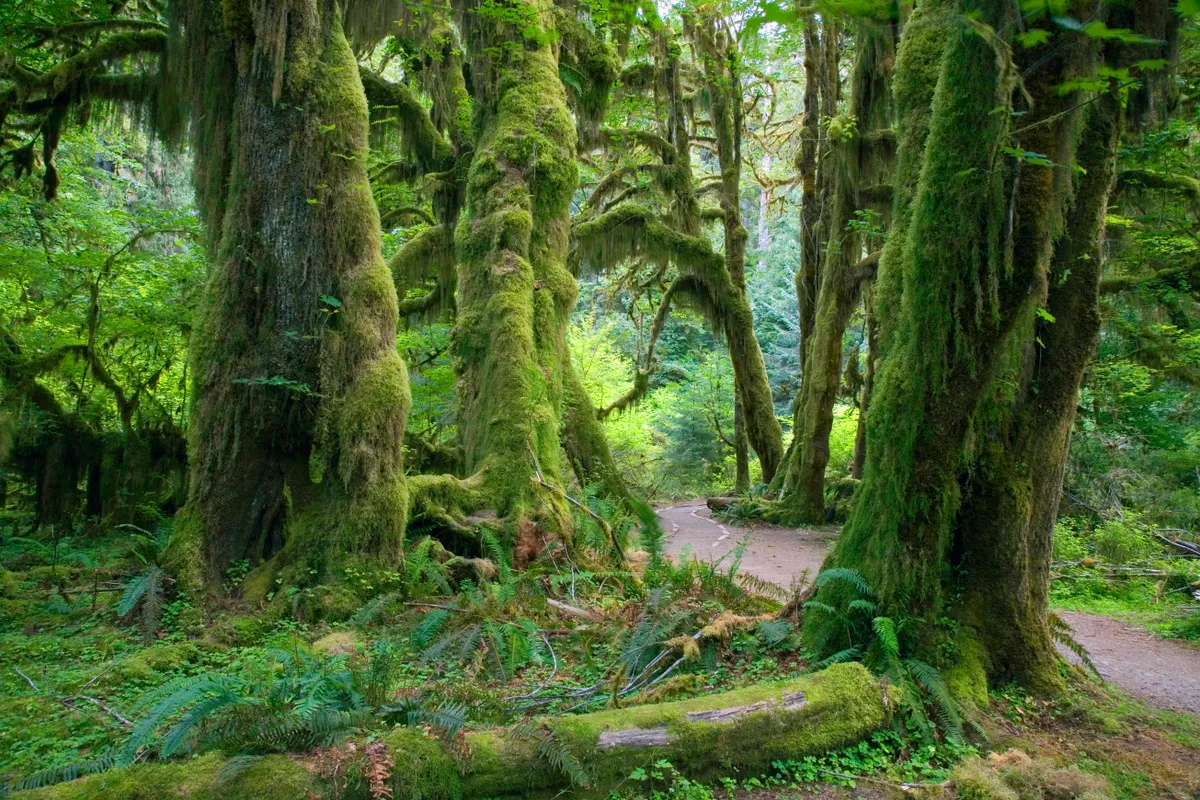
Described as "the only honest, unselfish, indomitable hellcat in the history of conservation", she also helped establish the Olympic and Kings Canyon National Parks, and played a key role in the expansion of the Yosemite and Sequoia National Parks.
TRAILBLAZING WOMEN: FOUNDING THE RSPB AND AUDUBON SOCIETY
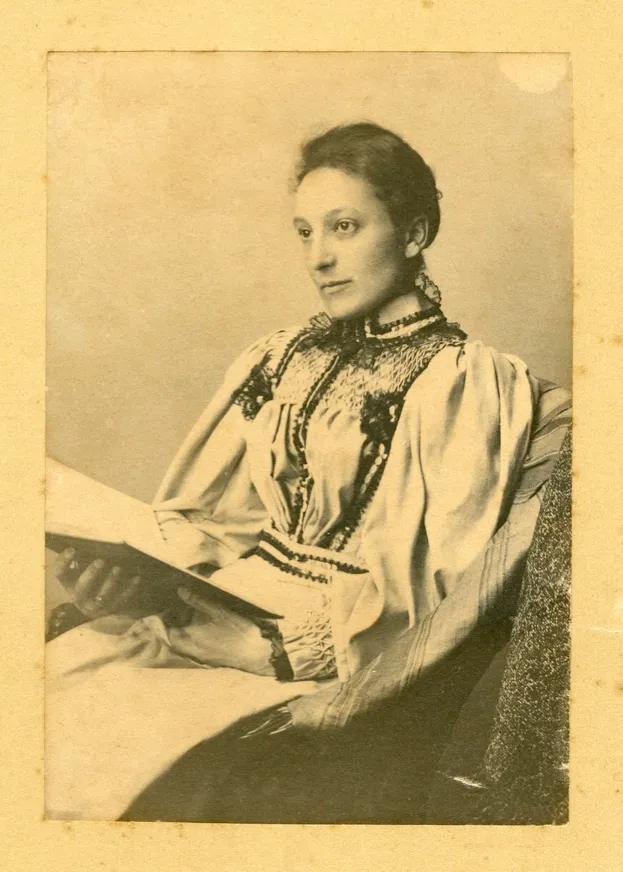
These two great societies on opposite sides of the Atlantic both began in the late 19th century and, in both cases, women were at the helm. Their raison d'être was to stop the plumage trade that was threatening egrets, grebes and other species.
In Britain, Margaretta Smith (pictured above), Eliza Phillips and Emily Williamson formed the Society for the Protection of Birds in 1891 - a Royal Charter was granted in 1904 - with the Duchess of Portland as President until her death in 1954.
In the US, Harriet Hemenway and Mina Hall established the Massachusetts Audubon Society in 1896, paving the way for the formation of the National Association of Audubon Societies. Resoundingly successful, the RSPB and Audubon both widened their scope to address all aspects of bird conservation.
Jo Wimpenny writes about birds, behaviour and science history. She co-authored Ten Thousand Birds: Ornithology since Darwin.
